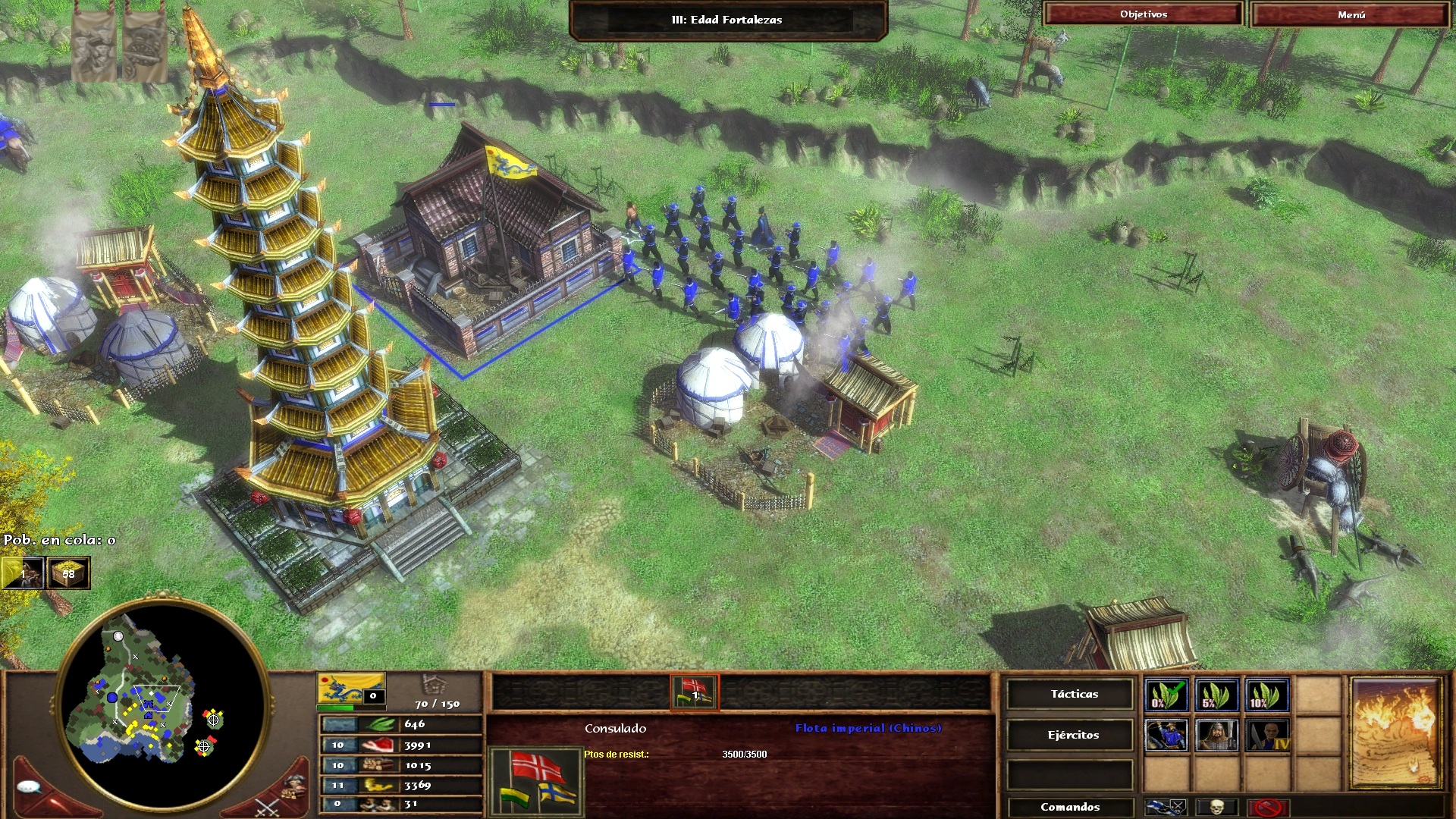


Specific lobbies may have other civs their host considers OP, but these are the most common ones. This usually means French/Russians/Japanese/Chinese civs. NOOP (Also sometimes NO OP): “NOOP/NO OP.” Means that civs that are frequently considered ”OP” or overpowered in treaty games are not allowed to be chosen in this lobby for balance reasons.

This rule almost always remains in effect even after treaty timer has expired. This rule means exactly what it sounds like, and means that neither team or player is allowed to build a dock or warships to attack the other team’s town from the river. NWS: “NWS” is short for ”No Warships.” This rule is common on half maps divided by a river that has land crossings, such as orinoco. This rule is designed to prevent teams from stealing each other’s resources, or stationing a mass of units right outside the other teams town to quickly cause chaos right as the treaty timer expires. It means that The map is divided down an axis somewhere, which is usually a geographical feature, such as a river.Īccording to this rule, each half of the map belongs to one team or player, and the other team or player is not allowed to explore other team’s side, gather resources on the other side, or station units of any sort on the other side, prior to the end of the treaty. HM: ”HM” is short for ”Half Map.” This rule is usually used for perfectly symmetrical (or nearly symmetrical) maps. I will explain the abbreviations (and their meanings), below: As that name can only be so long, these names are generally abbreviated.

These rules are generally listed in the server name. Once the timer expires however, combat may begin between units of the opposing teams, and buildings may be built anywhere on the map by either team.ĭue to the unique nature of treaty games when compared to other game modes, players over the years have added rules to treaty games to help ensure proper balance and that everyone has fun. In addition, during while the treaty timer is in effect, it is impossible to build buildings too far away from your own town center. its physically impossible to attack another player’s units or buildings during the timer. While this timer is active, combat between units is disabled via game mechanics, I.E. The exact length of this timer may be set at the start of the game by the game’s host, and can vary from as little as 10 minutes, to as long as 90 minutes. A treaty game works by having a timer that counts down from a set point until it expires. Some like to rush to finish the game quickly and move on to another game, but some of us (myself included) consider rushing to be a cheap strategy that is simply a substitute for fully understanding the game’s mechanics and does not fully explore all the game has to offer, particularly in its later ages, such as age IV and V.įor those of us who prefer to engage in combat primarily in these later ages, Treaty games the preferred method of ensuring combat occurs in the late game. There are many different ways to go about playing Age of Empires. Treaty Games: Basic Overview and Terminology
#Age of empires iii japanese strategy how to#
Treaty Decks: What Are They and How to Build Them.Treaty Games: Basic Overview and Terminology.


 0 kommentar(er)
0 kommentar(er)
